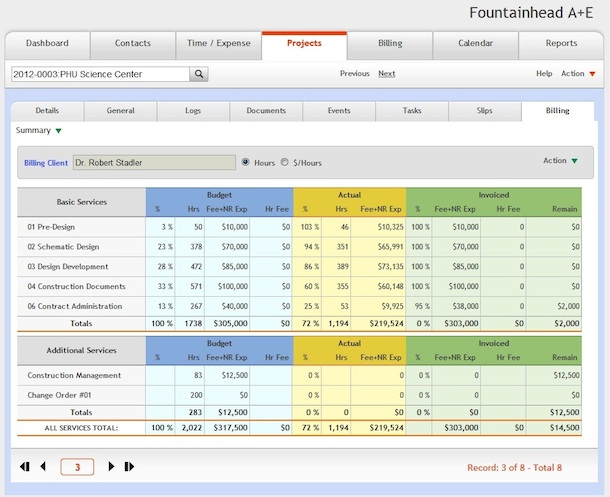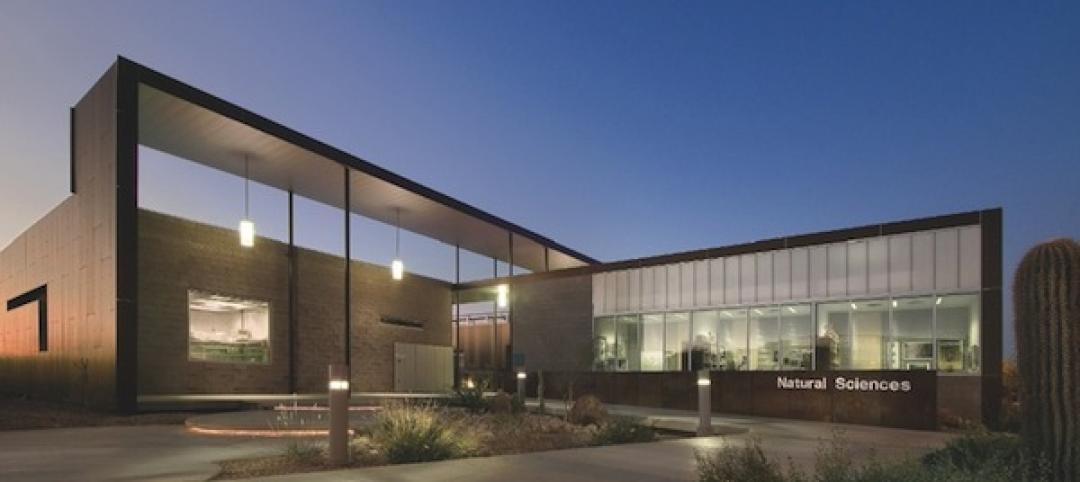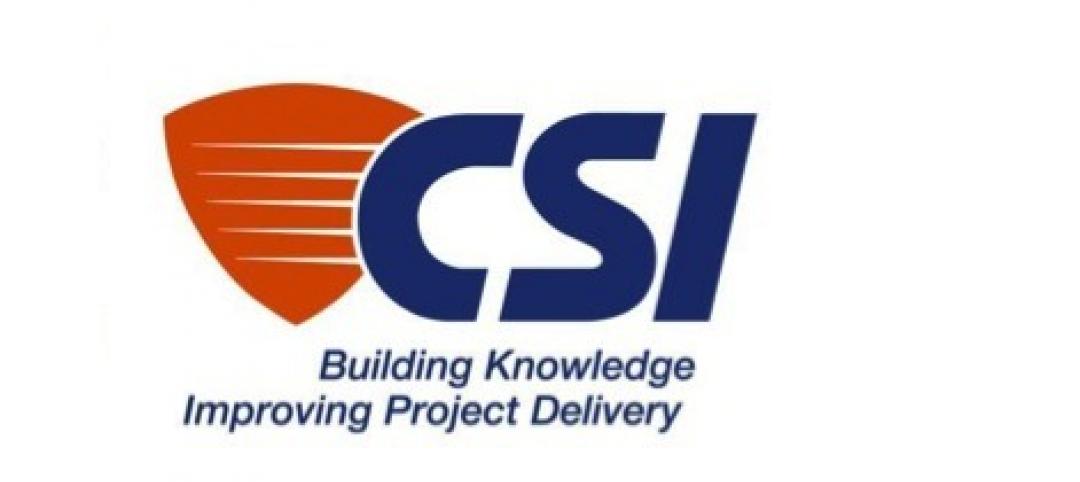They started with just 2 employees and a big dream—to be a premier high-end, multidisciplinary firm, able to provide clients with a full range of services. They wanted to meet and exceed the most discerning clients’ expectations and have Vertical Arts’ vision stamped on every aspect of production.
Since Vertical Arts opened its doors in ’05, they’ve been using ArchiOffice to handle billing and project management. They had fluctuations like everyone else during the roughest years of the recession, yet they’ve more than quadrupled their staff and have plans to expand even more in the coming years.
Their revenue has gone up 300-350% in eight years’ time. Their accountant has even started recommending ArchiOffice to neighboring firms.
They’re able to offer a full service architectural experience—coordinating surveyors, helping clients orchestrate moves or get home inspections done, and allowing consultant billing to come through them.
How Do They Do It?
They Invoice in Half a Day or So
Using ArchiOffice means they can get billing done for all their complex projects in half a day to a day. So all employees’ hours are always billable, and Parker, the company’s only administrative employee can tackle billing efficiently, getting on to his other responsibilities. “If we didn’t have ArchiOffice, we’d have to hire at least one more person, part or full time,” he admits. Instead, they can take on more jobs and projects because their staff isn’t tied up doing administrative work.
They Organize Projects Ridiculously Well
Parker explains: “We have one specific project that we’ve chosen to divide into with 9 sub-projects, so that we can individually track time and expense per sub-project. And ArchiOffice keeps that whole world organized for us. ArchiOffice allows us to manage more jobs and projects with still just one support staff member.”

Since Vertical Arts opened its doors, the firm has been using ArchiOffice to handle billing and project management. The firm can get billing done for their projects in less than a day.
Their Client Relationships are Rock Solid
“It streamlines our process and gives us access to tons of information and reports quickly so we don’t spend much time answering questions for clients—we just generate it and send it right back. I know our clients trust our billing and our process. It’s really strengthened our client relationships.”
They Became an Incredibly Impressive Firm
“Overall ArchiOffice is just a great billing and project management software—to be able to go to one place and see all your time, all your budgets, all your invoices and transactions, it just streamlines the administrative side significantly,” explains Parker.
Now, Vertical Arts doesn’t have to settle for taking on uninspiring projects. They do most of their work with a number of individual clients. They’ve achieved their dream of being a multidisciplinary high-end firm—they have an interior designer on staff, a landscape architect, as well as a full architectural team, so they’re able to provide the full range of services they know their clients deserve.
Learn more about ArchiOffice Software here.
Check out Vertical Arts Architecture here.
Related Stories
| Feb 21, 2013
BD+C's 2008 White Paper: Green Buildings + Climate Change
In this White Paper, we provide concrete ways in which AEC professionals can have a positive role in addressing climate change.
| Feb 21, 2013
Stephen C. Wright joins Leo A Daly as Managing Principal in D.C.
International architecture, planning, engineering, interior design and program management firm LEO A DALY welcomes Stephen C. Wright, AIA, as the new managing principal of the Washington, D.C., office. Wright will oversee the D.C. team in executing federal, local government, private and non-profit projects and pursuing new business opportunities in markets including aviation, corporate and commercial, higher education, hospitality and institutional facilities.
| Feb 20, 2013
CoreNet Global to real estate execs: 'Move forward on net-zero'
CoreNet Global, a major international association for corporate real estate and workplace executives, has released a public policy statement advocating adoption of net-zero energy buildings.
| Feb 19, 2013
'Pop-up' proposal would create movable cultural venue for NYC
The Culture Shed, a proposed 170,000-sf project for New York City's Hudson Yards development, could be the ultimate in "pop-up" facilities.
| Feb 18, 2013
Top 10 kitchen and bath design trends for 2013
Gray color schemes and transitional styles are among the top trends identified by more than 300 kitchen and bath design experts surveyed by the National Kitchen & Bath Association (NKBA).
| Feb 8, 2013
5 factors to consider when designing a shade system
Designing a shade system is more complex than picking out basic white venetian blinds. Here are five elements to consider when designing an interior shade system.
| Feb 6, 2013
CSI: Revitalizing the brand to achieve the mission
CSI is revitalizing its brand as part of its continued pursuit of its mission: improving facility performance through better communication in the commercial-level construction industry.
















